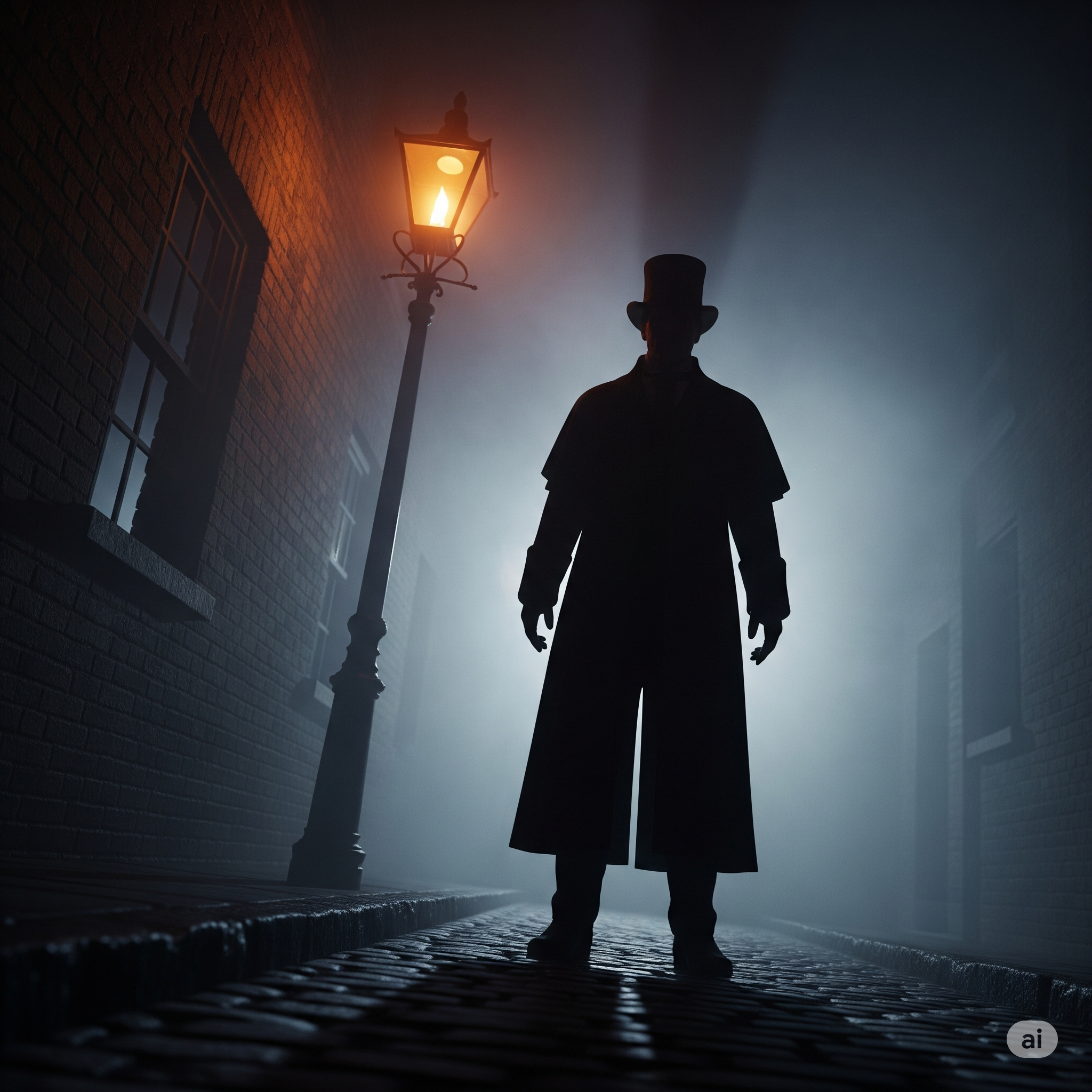Jack the Ripper: London's Most Chilling Mystery That Still Haunts Whitechapel
You can feel it in the air the moment you step into Whitechapel on a misty evening.
The gas lamps flicker. The cobblestones echo under your feet. And just for a second—you think you hear footsteps behind you.
This isn’t just East London.
This is Jack the Ripper territory.
A place frozen in time by fear, mystery, and five unsolved murders that have become part of London’s dark identity. Welcome to the Ripper's domain—a story that's over 130 years old and yet still manages to captivate, terrify, and raise questions no one has ever been able to answer.
Let’s take a walk back to 1888, through fog, fear, and the shadowy alleys of Victorian London.
The Scene: Whitechapel, 1888
Back then, Whitechapel wasn’t trendy—it was the dark underbelly of London.
Overcrowded, poor, and riddled with crime, the East End was the last place you wanted to be at night. Life was harsh, especially for women, many of whom were forced into dangerous street work just to survive.
It’s here, amidst the soot and the stench, that Jack the Ripper struck.
His reign lasted just a few months in late 1888—but the impact still lingers.
The Canonical Five: Victims Who Were More Than Just Names
Jack the Ripper is believed to have killed five women, known as the “Canonical Five”:
Mary Ann Nichols – murdered on 31 August 1888, found on Buck's Row (now Durward Street).
Annie Chapman – killed on 8 September 1888 in Hanbury Street.
Elizabeth Stride – murdered on 30 September, off Berner Street.
Catherine Eddowes – also killed on 30 September, just 45 minutes after Stride, in Mitre Square.
Mary Jane Kelly – the last and most gruesome murder, on 9 November, found in her room at Miller’s Court.
Each killing was more horrific than the last—Nichols and Chapman were both killed in the street. Kelly was murdered indoors and left nearly unrecognisable.
But here’s what truly terrified the public: Jack didn’t just kill. He mutilated. With surgical precision. As if he knew anatomy. As if he was toying with the city.
The Letters: "From Hell"
During the time of the murders, several letters were sent to the police and local news agencies—many signed by “Jack the Ripper.” Some were hoaxes. But one stood out.
The “From Hell” letter, received along with a piece of a human kidney, chilled even the most seasoned officers. It was written in barely literate English and ended with:
“Catch me when you can.”
They never did.
👤 Who Was Jack the Ripper?
Here’s the real mystery.
No one knows.
Over the years, more than 100 suspects have been named. These range from doctors and butchers to artists and royalty.
Some of the most popular theories include:
Montague John Druitt – a barrister who drowned in the Thames after Kelly’s murder.
Aaron Kosminski – a Polish barber with mental illness, strongly suspected by police.
Prince Albert Victor – Queen Victoria’s grandson, involved in multiple conspiracy theories.
H.H. Holmes – the American serial killer, though the timeline doesn’t really line up.
In 2014, DNA evidence pointed (again) to Kosminski, but many experts doubt the methods used. As of now, Jack’s true identity remains unsolved.
A Walking Tour Through the Horror
Want to walk where the Ripper walked? You still can.
Whitechapel is filled with haunting sites and guided tours, including:
Ten Bells Pub: A Victorian pub where some victims were last seen alive.
Mitre Square: The site of Catherine Eddowes’ murder.
Miller’s Court: Where Mary Jane Kelly met her tragic end.
Durward Street: Formerly Buck’s Row, where it all began.
Many companies offer nighttime Ripper walks perfect if you love spine-chilling stories with a historical twist.
Why Jack Still Haunts Us
There are plenty of serial killers in history. So why does Jack the Ripper still get under our skin?
Because he was never caught.
Because he seemed to vanish into the fog without a trace.
Because his victims were real women—poor, forgotten, and only remembered now because of the horror that happened to them. The Ripper wasn’t just a killer; he was a mirror to Victorian society's class divides, its treatment of women, and its fear of the unknown.
Is Whitechapel Still Haunted?
Many believe so.
People report ghostly apparitions, sudden cold spots, and even disembodied screams in the alleys of Whitechapel. The Ten Bells Pub is said to be haunted by Annie Chapman. There have even been photos that claim to show a shadowy figure in Victorian dress near Mitre Square.
Whether you believe in ghosts or not, one thing is certain: the atmosphere in these streets changes after dark.
Final Thoughts: Mystery That Endures
Jack the Ripper isn’t just a crime story.
It’s a symbol of London’s dark history—a mixture of horror, mystery, sorrow, and urban legend. The streets of Whitechapel still whisper his name, and curious travelers from all over the world still walk those same paths, wondering who he really was.
So next time you’re in East London… take a walk through Whitechapel.
But maybe not alone.
Key Tips for Ripper Walkers
Best time to visit: Evenings (for atmosphere)
Closest stations: Aldgate East or Whitechapel
Book a guided tour: Look for Jack the Ripper Walks or Ripper-Vision experiences
Don’t forget your camera (and maybe a friend—just in case…)
